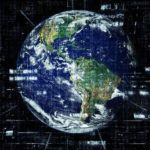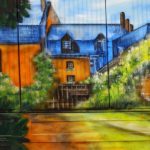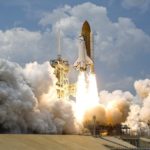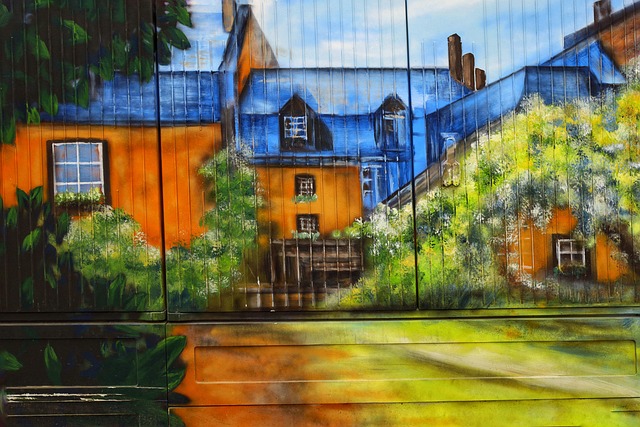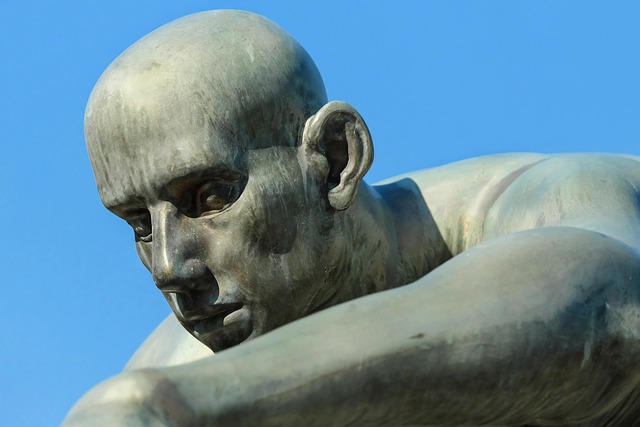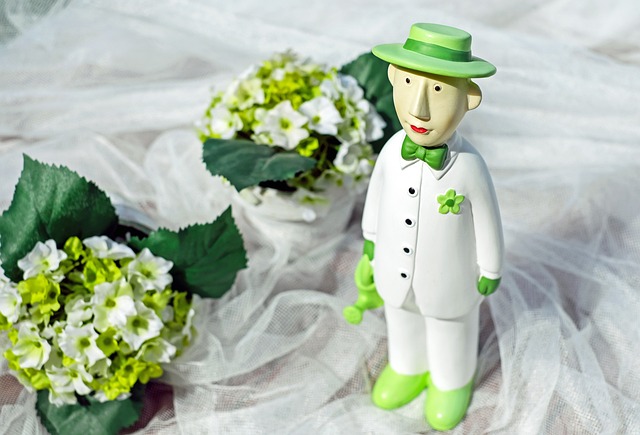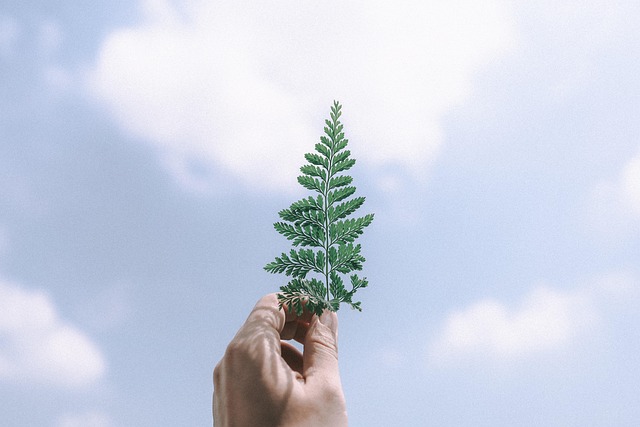# Exploring AI Art: How Technology is Redefining the Boundaries of Artistic Expression
The intersection of technology and creativity has always been a fertile ground for innovation, but the advent of artificial intelligence (AI) has transformed this landscape in unprecedented ways. AI art is not merely a trend; it represents a fundamental shift in how we conceive, create, and appreciate art. This article delves into the mechanics of AI art, its implications for artists and audiences, and the philosophical questions it raises about the nature of creativity.
## Understanding AI Art: The Mechanics Behind the Magic
To grasp the significance of AI art, it is essential to understand the underlying technology. AI art primarily relies on algorithms, particularly those associated with machine learning and neural networks. Generative Adversarial Networks (GANs) are among the most notable algorithms used to create art. In a GAN, two neural networks—the generator and the discriminator—engage in a continuous feedback loop. The generator creates images, while the discriminator evaluates them, distinguishing between real and generated images. Through this process, the generator improves its output, resulting in artworks that can be strikingly original and evocative.
Machine learning models are trained on vast datasets that include thousands of images from various genres and styles. By analyzing patterns, colors, and forms, these algorithms learn to mimic artistic styles, producing new pieces that can emulate the techniques of renowned artists or invent entirely new styles. Consequently, the output can range from photorealistic portraits to abstract compositions that challenge traditional aesthetics. The ability of AI to generate art has led to a democratization of creativity, allowing individuals without formal training to produce visually compelling works.
Artists are increasingly leveraging these technologies, not only as tools but also as collaborators. The creative process is evolving into a partnership between human intuition and algorithmic precision. This synergy raises intriguing questions about authorship and originality. If an AI generates a piece of art, who is the true creator—the programmer, the machine, or the individual who curates the final output? This ambiguity invites a reevaluation of long-held beliefs about artistic creation.
## The Impact on Artists and the Art Market
As AI art gains traction, its impact on artists and the broader art market becomes evident. Traditional artists may initially perceive AI as a threat, fearing that automation could undermine their profession. However, many are discovering that AI can enhance their creative process. By using AI tools, artists can explore new avenues of expression, pushing the boundaries of their imagination. The technology enables rapid experimentation, allowing artists to generate multiple iterations of a concept in a fraction of the time it would take through conventional methods.
Moreover, AI art has begun to carve out its niche within the art market. Galleries and auction houses are increasingly showcasing AI-generated works, recognizing their potential to attract a new generation of collectors. Notable sales, such as the auction of the AI-generated portrait “Edmond de Belamy,” which sold for $432,500 at Christie’s, highlight the growing acceptance of AI art as a legitimate form of artistic expression. This shift not only validates the medium but also opens up new revenue streams for artists who embrace technology.
In addition to financial implications, AI art challenges the notion of what constitutes an artist. The rise of AI-generated works prompts a reevaluation of the artist’s role. Are they merely creators, or do they become curators and facilitators of technology-driven art? This evolving definition of artistry encourages a more inclusive understanding of creativity, one that embraces collaboration between humans and machines.
## Philosophical Questions: What is Creativity?
The emergence of AI art raises profound philosophical questions about the nature of creativity itself. Traditionally, creativity has been viewed as an inherently human trait, characterized by emotional depth, intent, and subjective experience. However, AI’s ability to generate art prompts us to reconsider these assumptions. Can a machine truly create, or is it merely mimicking human creativity based on learned patterns? This inquiry delves into the essence of what it means to be creative.
Critics argue that AI lacks the emotional resonance and personal experiences that inform human artistry. They contend that art is a reflection of the human condition, shaped by cultural context, personal struggles, and emotional depth. In contrast, AI operates on data and algorithms, devoid of subjective experience. This distinction raises questions about the value we place on emotional connections in art. If an AI-generated piece evokes a strong emotional response in the viewer, does it matter that the creator lacks consciousness?
Conversely, proponents of AI art argue that creativity is not solely defined by human experience. They posit that creativity can emerge from the interplay of ideas, techniques, and technologies, regardless of the source. By this definition, AI can be seen as a new medium through which creativity can manifest. The ability of AI to generate novel combinations of styles and concepts challenges traditional notions of originality and artistic value.
In conclusion, AI art represents a revolutionary shift in the landscape of artistic expression. By understanding the mechanics behind AI-generated works, recognizing the impact on artists and the art market, and engaging with the philosophical questions it raises, we can appreciate the complexities and possibilities that this technology brings. As we continue to navigate this evolving terrain, it is crucial to embrace the dialogue surrounding AI art, fostering a deeper understanding of creativity in the digital age. The future of art may very well be a collaborative space where humans and machines coexist, creating new forms of expression that transcend the boundaries of traditional artistry.

